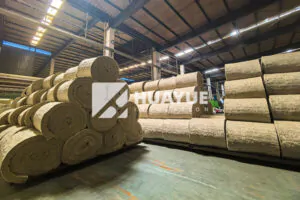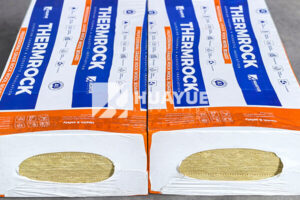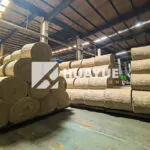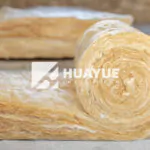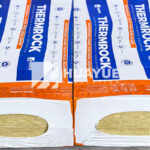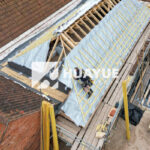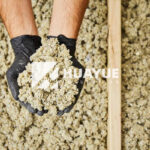What Are the Key Specifications Found in a Rock Wool Mineral Wool Insulation Data Sheet?
Rock wool mineral wool insulation can be confusing without clear data. Get the essential specifications you need to select the right product for your project in seconds.
A rock wool mineral wool insulation data sheet typically provides information about density, thickness, service temperature, water absorption, fire ratings, and compressive strength. These details help users compare products and choose the optimal insulation solution.
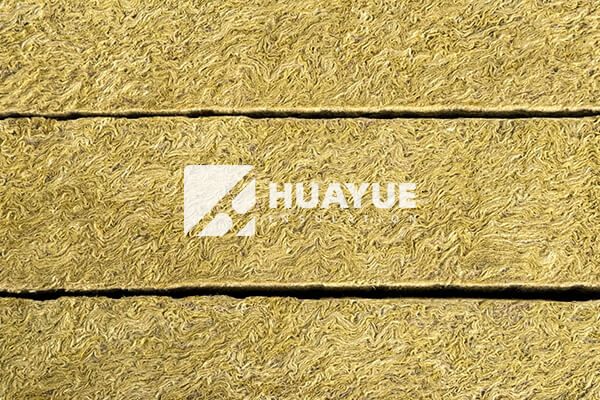
When you need to choose insulation materials for an industrial facility or a residential building, it is important to get all reliable product data first. The data sheet helps you understand not just the basic numbers but how the insulation panels, tubes, and rolls will work in different conditions. If you are seeing different density options and wondering why each one matters, keep reading to understand the real-life impact behind each figure.
What Density Options Are Commonly Available for Rock Wool Mineral Wool Insulation?
Not all rock wool insulation is the same. Choosing the right density can save your project from costly mistakes and poor performance.
Rock wool insulation boards at HUAYUE are available from 60-180 kg/m³, though most applications use densities below 140 kg/m³. For pipe insulation, densities typically range from 70 to 120 kg/m³. Rolls often fall between 70 to 100 kg/m³, with some thickness-specific limits.
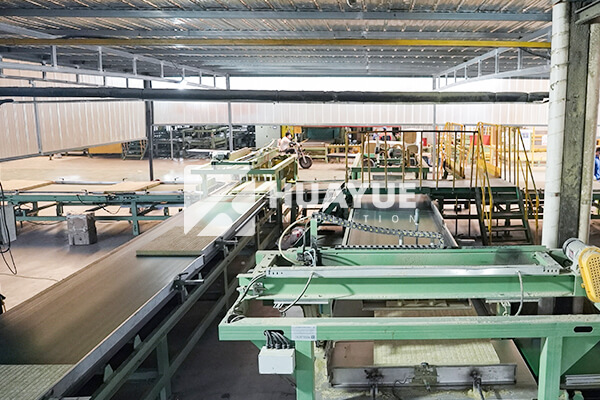
Density is one of the most talked-about parameters when engineers select insulation for tanks, buildings, or pipes. The density affects not just the thermal insulation value but also the load-bearing ability and fire resistance. When specifying boards, I look for densities in the 60–140 kg/m³ range, which match most construction and industrial requirements and balance performance with cost. Pipe insulation, exposed to vibration and stress, usually works best around 70–120 kg/m³, protecting both the pipe’s surface and the insulation’s integrity. For blanket or roll products, the density links directly to the maximum thickness. For example, I see that 100 mm rolls can reach up to 85–90 kg/m³, while thinner 50 mm rolls can be specified up to 100–110 kg/m³. This means that the product remains flexible and easy to install for large surface areas. The table below visualizes HUAYUE’s typical product density ranges:
| Product Type | Density Range (kg/m³) | Typical Application |
|---|---|---|
| Board | 60–180 (usually <140) | Building walls, roofs |
| Pipe | 70–120 | Industrial piping |
| Roll/Blanket | 70–100 (max varies) | Large roofs, tanks, vessels |
What Are the Main Technical Parameters Listed in Rock Wool Data Sheets?
It is easy to overlook technical details. Yet these numbers shape the real-world safety and performance of your insulation system.
Beyond density, data sheets for rock wool insulation usually give values for thickness, service temperature, thermal conductivity, water repellency, fire classification, and compressive strength. Contact HUAYUE’s team for complete and customized data if you have specific application needs.
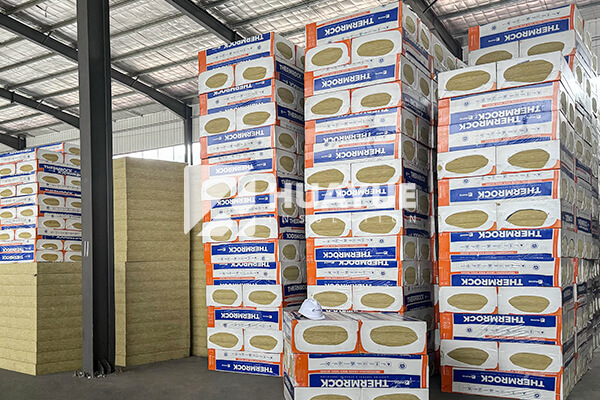
When reviewing technical data, I always start with thickness because it directs how well the insulation will fit into the structure or system. HUAYUE offers a wide range of thicknesses tailored for different environments. Service temperature is another critical figure; if the insulation is exposed to extremes, you need to check both minimum and maximum allowed temperatures. Thermal conductivity gives you a direct measure of how effective the material is at stopping heat transfer. Look for lambda values typically between 0.034–0.040 W/mK for rock wool. Water absorption is important especially for outdoor or high-humidity locations; you want insulation with strong water resistance, sometimes with extra coatings. Fire ratings like Euroclass A1 (non-combustible) tell you the safety level. Finally, compressive strength ensures the insulation will not deform under load, which is crucial for tanks and industrial installations. For projects needing custom or more detailed figures, I always reach out to HUAYUE’s team for updated data sheets and technical support.
How Should You Interpret These Data Sheet Figures When Selecting Insulation Products?
Many choices sound good in theory. But putting data into practice is what actually delivers real efficiency and cost savings.
Compare density and thickness to your specific needs—higher density means better load support but less flexibility. Check service temperature for compatibility. Thermal conductivity must fit the climate and technical requirements. Always choose insulation with top fire ratings for safety.
Knowing these parameters makes selection more scientific and less guesswork. I recommend identifying the most demanding conditions your insulation will face, then matching product density, thickness, and temperature resistance from the data sheet. If water or chemical exposure is expected, focus on products certified for minimum absorption. Fire safety should always be non-negotiable. Pricing matters too, but quality data from a trusted producer like HUAYUE often pays off by reducing long-term maintenance costs.
Conclusion
A reliable rock wool mineral wool insulation data sheet helps you match product specifications to your project, saving time and ensuring long-term performance.
You may also be interested in:
Ready to Get Started?
Get in touch with our experts for personalized solutions tailored to your needs.
Get Free QuoteLatest Articles
Let's Work Together
Ready to take your business to the next level? Get in touch with our team of experts and let's discuss how we can help you achieve your goals.
Get Free Solutions
